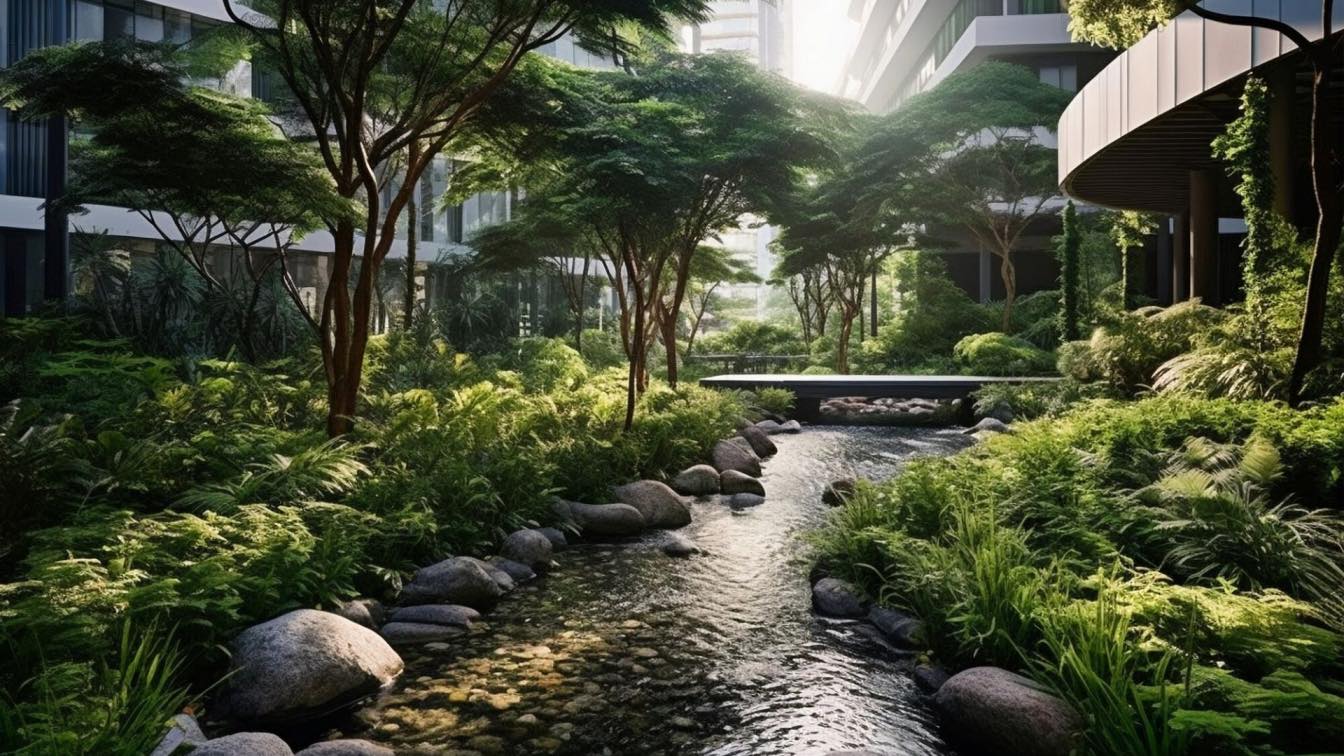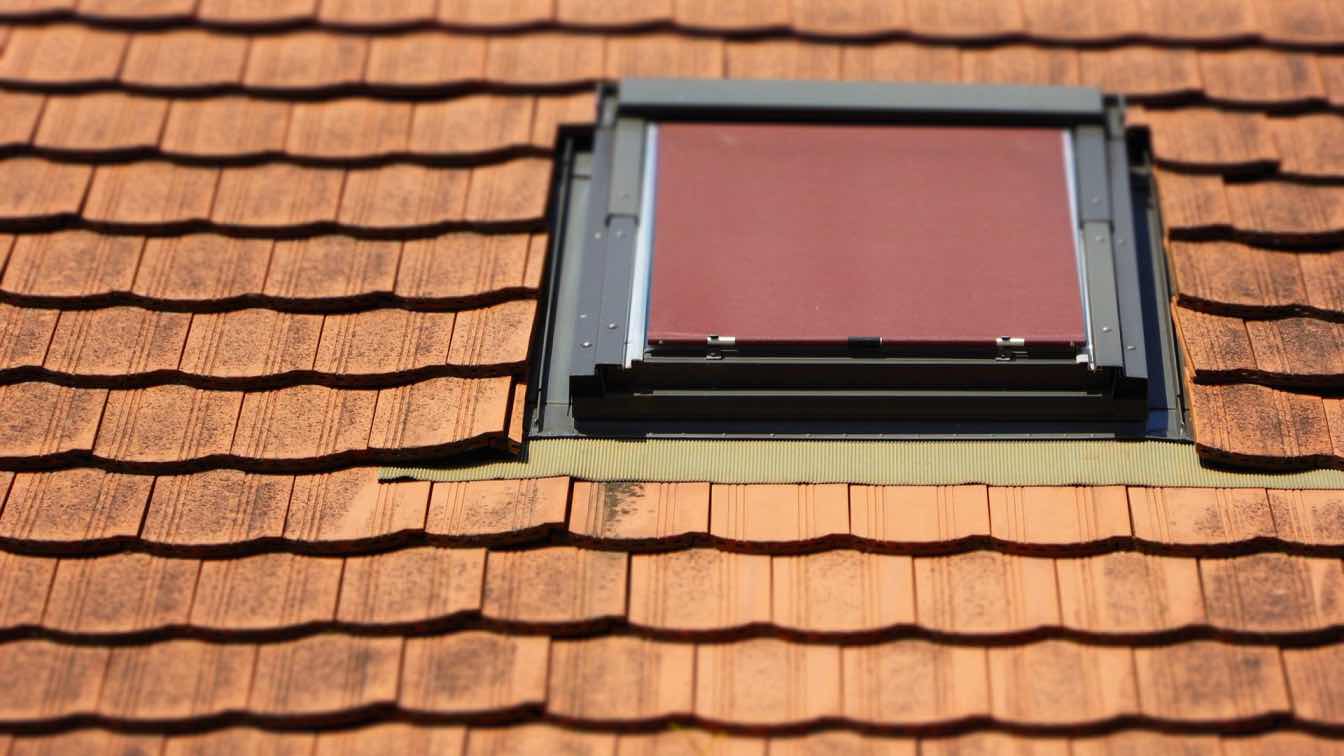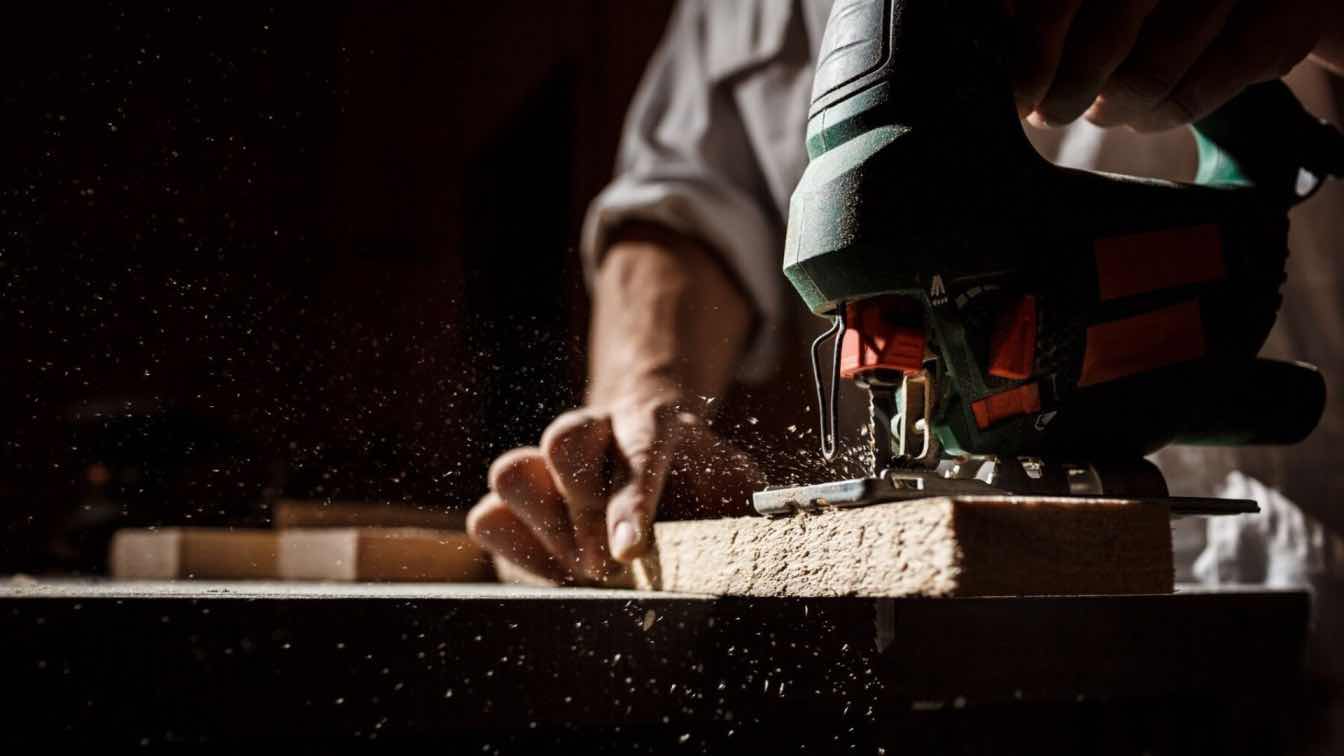In the ever-evolving world of architecture, the Middle East stands as a beacon of innovation and breathtaking design. The fusion of modernity and tradition has given rise to iconic structures that redefine skylines. Architects in this region constantly seek ways to elevate their craft, seeking solutions that enhance the aesthetic appeal of their creations while staying true to the essence of Middle Eastern architecture.
One such solution, revolutionizing the design landscape, is the use of Middle East 3D plant models. These intricately detailed and realistic 3D representations of plant life breathe new life into architectural projects, contributing to the authenticity and allure of Middle Eastern architecture.
A Transformative Journey into 3D Plant Models
The Middle East is known for its distinctive architectural style, characterized by intricate geometric patterns, domes, and towering minarets. This style seamlessly blends the ancient traditions of the region with contemporary design concepts. However, in a region where the climate can be unforgiving, integrating natural elements into architectural projects has always been a challenge.
The Challenge of Greenery in the Desert
The desert landscape often poses a challenge for architects looking to incorporate greenery into their designs. The scorching sun and arid climate can be harsh on live plants, making it difficult to maintain lush gardens and green spaces. This is where Middle East 3D plant models come to the rescue.
Realism Beyond Expectation
What sets these 3D plant models apart is their incredible level of detail and realism. Each leaf, petal, and branch is meticulously recreated, making these digital plant models nearly indistinguishable from real plants. This attention to detail allows architects to infuse their projects with the charm and serenity of natural greenery without worrying about the challenges of maintenance.
The Versatility of Middle East 3D Plant Models
The world of 3D plant models is incredibly versatile. These models can be seamlessly integrated into a wide array of architectural projects, enhancing the aesthetics and ambiance in various ways.
Urban Landscapes
In bustling Middle Eastern cities, urban landscaping often takes center stage. The inclusion of 3D plant models offers a practical solution for architects. From streetscapes to public plazas, these models can be used to create vibrant green spaces in the heart of the concrete jungle.
Residential Retreats
For residential architects, the integration of 3D plant models can transform private homes into oases of tranquility. Lush gardens, rooftop terraces, and even interior spaces can benefit from the addition of these realistic models, providing residents with a refreshing and visually appealing environment.
Commercial Excellence
In the realm of commercial architecture, where first impressions are crucial, the inclusion of 3D plant models can be a game-changer. Office buildings, hotels, and shopping centers can all benefit from the visual appeal of lush greenery, attracting visitors and customers alike.
The Practical Advantages
Apart from their aesthetic value, Middle East 3D plant models offer numerous practical advantages for architects and their clients.
A Sustainable Future
One of the critical aspects that Middle East 3D plant models bring to the architectural forefront is sustainability. In a region where water conservation is not just a choice but a necessity, these models play a pivotal role in promoting eco-friendly design. Unlike real plants that demand constant irrigation, 3D plant models thrive without water. This not only conserves this precious resource but also reduces the need for chemical pesticides and fertilizers that can harm the environment.
Furthermore, the ability to customize these digital plants means architects can select species that are native to the region. This not only ensures the survival of the flora in a harsh environment but also supports local biodiversity. The long-term impact is sustainable urban development that respects the natural balance.
Advancing Middle Eastern Identity
As Middle Eastern architects continue to create masterpieces that merge tradition with modernity, the use of Middle East 3D plant models extends beyond practicality. These models become a statement, a declaration of identity and culture. The intricate designs, textures, and colors of local plant species are meticulously recreated in digital form, honoring the deep-rooted heritage of the Middle East.
With the option to choose from a vast library of native plants, architects can pay homage to their cultural legacy. From the iconic date palms to the aromatic jasmine, these digital representations celebrate the diverse plant life that is an integral part of Middle Eastern identity.
Engaging the Senses
Middle East 3D plant models are not just visual delights; they engage multiple senses. Their realistic details, when incorporated into architectural designs, can offer an olfactory oasis. Fragrant plants, such as roses or lavender, can be placed strategically to greet visitors with the refreshing scent of nature.
Moreover, the gentle rustling of leaves and the play of light and shadow create a multisensory experience, transforming architectural spaces into immersive environments. Whether in a serene courtyard or a bustling commercial center, the subtle interplay of these digital plants with light, sound, and scent can captivate the senses, creating an unforgettable atmosphere.
Sustainability and Water Conservation
In a region where water conservation is of utmost importance, opting for 3D plant models is an eco-conscious choice. These models don't require water or maintenance, reducing the environmental footprint of architectural projects.
Time and Cost Efficiency
Live plant installations can be time-consuming and expensive. 3D plant models eliminate the need for costly maintenance, ensuring that your project remains budget-friendly and on schedule.
Creative Freedom
Architects can exercise their creative freedom by choosing from a vast library of 3D plant models, tailoring each project to meet the specific vision and requirements of their clients.
Future-Proofing Middle Eastern Architecture
As Middle Eastern architecture continues to evolve, embracing new technologies and innovations is paramount. Middle East 3D plant models are a testament to the region's commitment to preserving its cultural heritage while embracing the future. They allow architects to infuse greenery into their projects, providing a connection to nature without compromising the authenticity of Middle Eastern architecture.
With every petal and leaf meticulously crafted in the digital realm, architects have at their disposal a tool that not only enhances the aesthetics of their projects but also contributes to the sustainability of the region. The Middle East's architectural renaissance is set to soar even higher, with 3D plant models leading the way.
Conclusion
In conclusion, the integration of Middle East 3D plant models is not merely a choice but a commitment to enhancing Middle Eastern architecture. These realistic digital representations of nature breathe life into architectural projects, offering aesthetics, practicality, and sustainability.
As Middle Eastern architects continue to shape skylines and define new horizons, they do so with an innovative tool that bridges the gap between tradition and the future.
Learn more about 3D plant models at Globe Plants.





